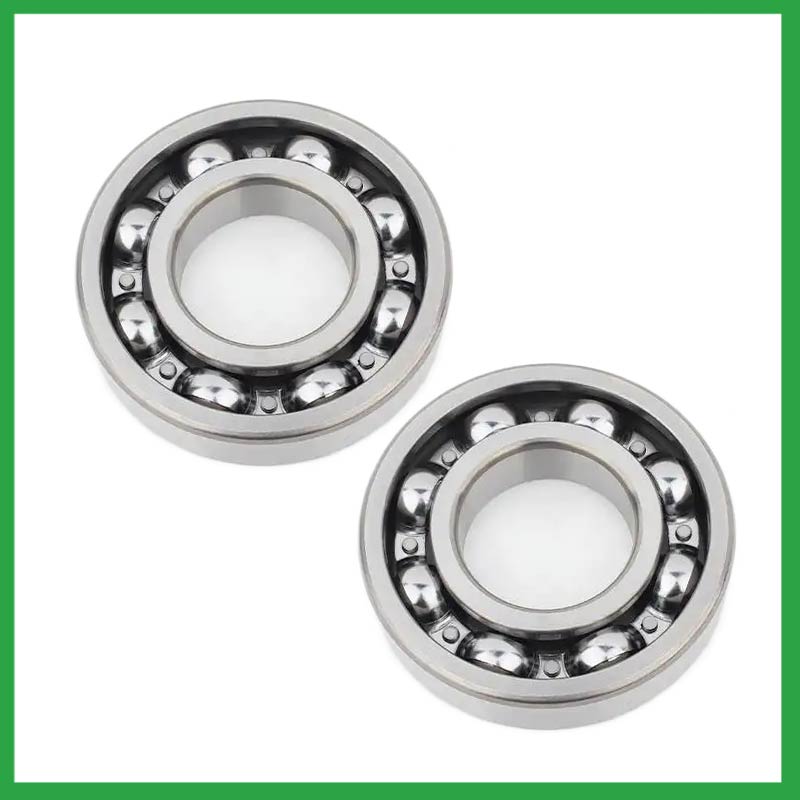PRODUCTS
CONTACT US
Ningbo Nide International Co., Ltd.
一一
· Contact person:Jack Zeng
· Mob/Whatspp/WeChat:0086-13738869026
· Email:emarketing@nide-group.com;marketing4@nide-group.com
· Add:No. 169, Wohushan Road, Daqi Subdistrict, Beilun District, Ningbo, China

Nide team could manufacture ball bearing as per customer’s drawing and samples.
If customer only has samples, we could also design drawing fo r our customer.
We also provide customized service.
Our ball bearing is widely applied the different industrials.
Haishu Nide International Co., Ltd is a professional bearing manufacturer and distributor. We were founded in 2010 and have been engaged in the bearing industry for 13 years. Our company specializes in producing motor cover and lamination,commutator,shaft,magnet,fan,thermal protector,ball bearing and other products. Meanwhile, we have a good cooperative relationship with world-renowned bearing manufacturers. Relying on the first-class bearing quality to ensure that we have many customers around the world, such as the United States, Europe, Africa, and India, Brazil, Türkiye, Nepal,Iran,Solomon Islands and other countries.
Nide team could manufacture ball bearing as per customer’s drawing and samples. If customer only has samples, we could also design drawing for our customer. We also provide customized service.Our goal is to help customers reduce tedious purchasing pressures while obtaining high-quality products. Nide hopes to provide one-stop motor manufacturing services to global customers.
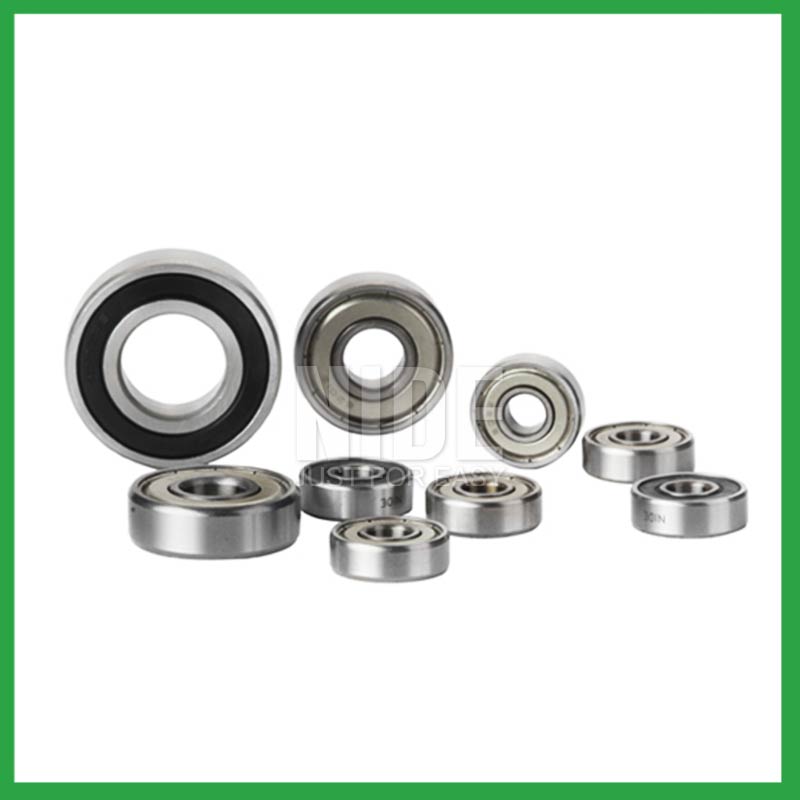
| Parameter | Information |
|---|---|
| Product Name | ball bearing attic fan |
| Brand Name | NIDE |
| Place of Origin | Ningbo,China |
| Material | stainless steel, etc. |
| Structure | Deep Groove |
| Color | Customized Color |
| Delivery Time | 5-7days |
| Port | Ningbo/Shanghai |
| Export region | Oceania,America,Africa |
| Export Country | India,Brazil,South Korea,Russia,Gambia,Ethiopia,Bangladesh,Dominica...etc |
| Application | chemical equipment, etc. |
| OEM/ODM | Yes |
| Size | Customized size |
| Stock | In Stock |
| Feature | High speed,Strong carrying capacity...etc |
| MOQ | 10 pieeces(Specific according to the model) |
| Certification | ISO9001,CE-stator coil lacing machine,CE-stator coil winding inserting machine,etc |
| Supply Ability | 100000-500000 Piece/Pieces per Month |
| Lubricate | Oil Grease |
| Packaging Details | Suitable for sea transportation |
| Lead time (days) | 15-20 (To be negotiated) |
Please note: The above table data is for reference only. For specific information, please contact us.
ball bearing attic fan require thrust for installation, which can be achieved by using a combination ring made of steel sleeve and transmission rubber, or by using an adjustment plate to tighten the bolt to form a combination ring installation structure.
During the disassembly process, the outer shell should be kept intact to avoid unnecessary damage;
When replacing installation components, attention should be paid to the accuracy of the support components to prevent deformation;
During the disassembly process, attention should be paid to protecting the surface quality of the ball bearing to ensure its performance;
During the operation, attention should be paid to removing surface dust to ensure the quality of the ball bearing.
Ball bearings have many advantages, making them highly competitive in the market.
Firstly, they are very durable and have good wear performance, making their service life longer than many other types of bearings.
Secondly, they are easy to install and can provide low friction performance in various applications.
Thirdly, they require a relatively low level of maintenance, making them cost-effective.
In addition, compared to many other types of bearings, their purchase cost is relatively low, making them an economical choice.




ball bearing attic fan---FAQs Guide
2.About ball bearing attic fan,What about the lead time?
3.Are there ongoing research and development efforts aimed at improving ball bearing attic fan materials, designs, and lubrication techniques?
4.What are the standard sizes and dimensions of ball bearing attic fan?
5.What are the considerations for choosing between open, shielded, or sealed ball bearing attic fan in specific applications?
6.How do ball bearing attic fan handle radial loads, axial loads, and combined loads, and what are their load-carrying capacities?
7.What is the significance of ball bearing attic fan lubrication, and how does it affect bearing lifespan and performance?
8.Are there hybrid ball bearing attic fan that combine steel rings with ceramic balls to optimize performance in demanding applications?
9.Are there miniature ball bearing attic fan designed for use in precision instruments and small-scale mechanisms?
10.Are there ball bearing attic fan designed for extreme temperature environments, such as cryogenic or furnace applications?
11.How do different ball bearing attic fan designs, such as deep groove, angular contact, or thrust bearings, cater to specific applications?
12.How do cage designs affect ball bearing attic fan speed and acceleration capabilities in high-speed machinery?
13.What are the common materials used in ball bearing attic fan manufacturing?
14.What are the after-sales services available for ball bearing attic fan?
1.How do ball bearing attic fan provide smooth and controlled motion in various mechanical systems, such as conveyor belts or automobiles?
In essence, ball bearing attic fan operate on the principle that it's far more efficient to roll over surfaces than to slide, thereby significantly reducing friction and facilitating smooth movement of machinery parts.
2.About ball bearing attic fan,What about the lead time?
3-7 days for samples, 3-4 weeks for mass production.
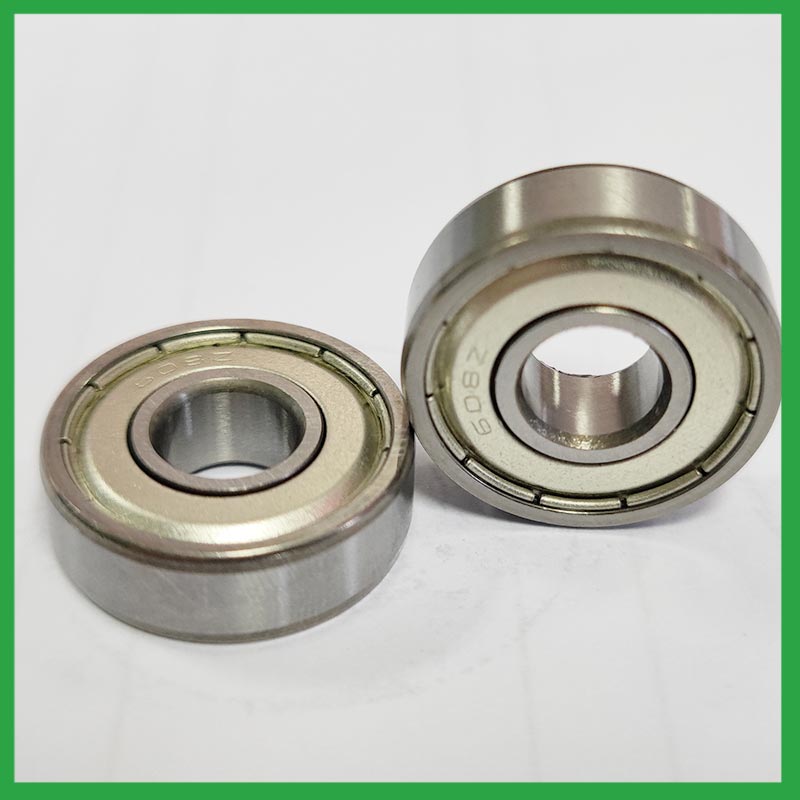
3.Are there ongoing research and development efforts aimed at improving ball bearing attic fan materials, designs, and lubrication techniques?
A custom ball bearing attic fan can satisfy almost any customer’s needs. Your application may need a needle roller or ball bearing, a radial or angular contact design, a plain carbon steel bearing with anti-corrosion coatings or stainless steel, a thrust bearing or a spherical bearing, tight or loose radial play, sealed or non-sealed designs
4.What are the standard sizes and dimensions of ball bearing attic fan?
ball bearing attic fan size charts are widely available, and can be used to find the measurements of a specific bearing. Series 6200 and 6300 are the most commonly used, and typically range from 10 x 30 x 9 mm (. 394 x 1.181 x . 354 in) to 150 x 320 x 65 mm (5.906 x 12.598 x 2.559 in).
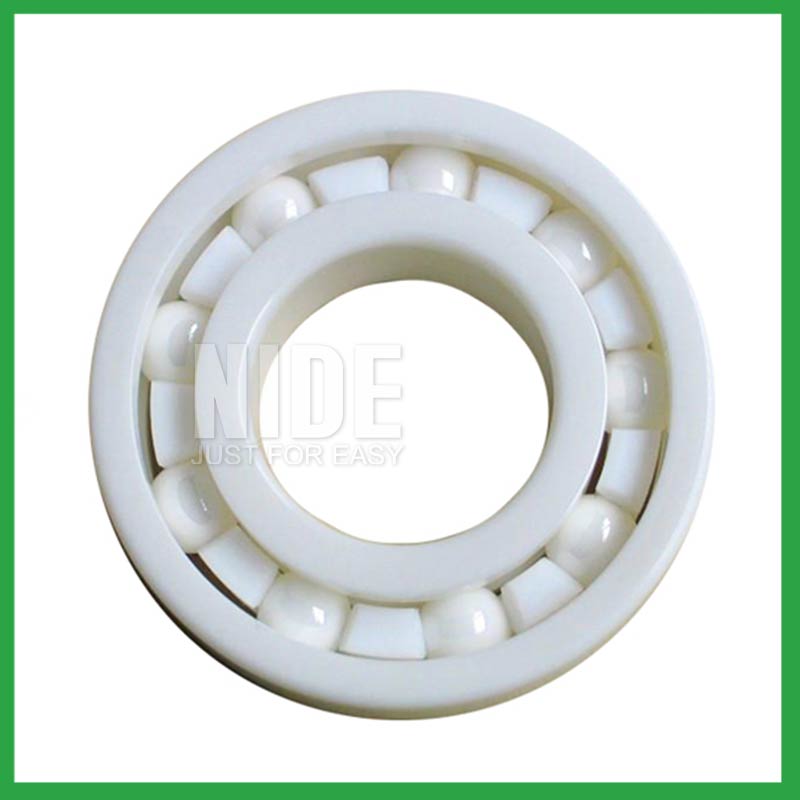
5.What are the considerations for choosing between open, shielded, or sealed ball bearing attic fan in specific applications?
While sealed bearings offer superior protection and maintenance advantages, shielded ball bearing attic fan can be more suitable in situations where minimal friction and operating temperature are crucial. It's essential to assess the operational environment and demands before making a selection.
6.How do ball bearing attic fan handle radial loads, axial loads, and combined loads, and what are their load-carrying capacities?
The type of bearing used also varies between these loads. While deep-groove ball bearing attic fan are better equipped to handle radial loads, thrust ball bearings are designed for axial loads. However, it's essential to note that most bearings, such as angular contact ball bearings, can handle both radial and axial loads.The Bearing Static Capacity, Co, is the maximum load that can safely be applied to a non-rotating bearing that will not cause subsequent bearing operation to be impaired. It is based on calculated contact stress at the center of the most heavily loaded rolling element where it contacts the Inner Race.
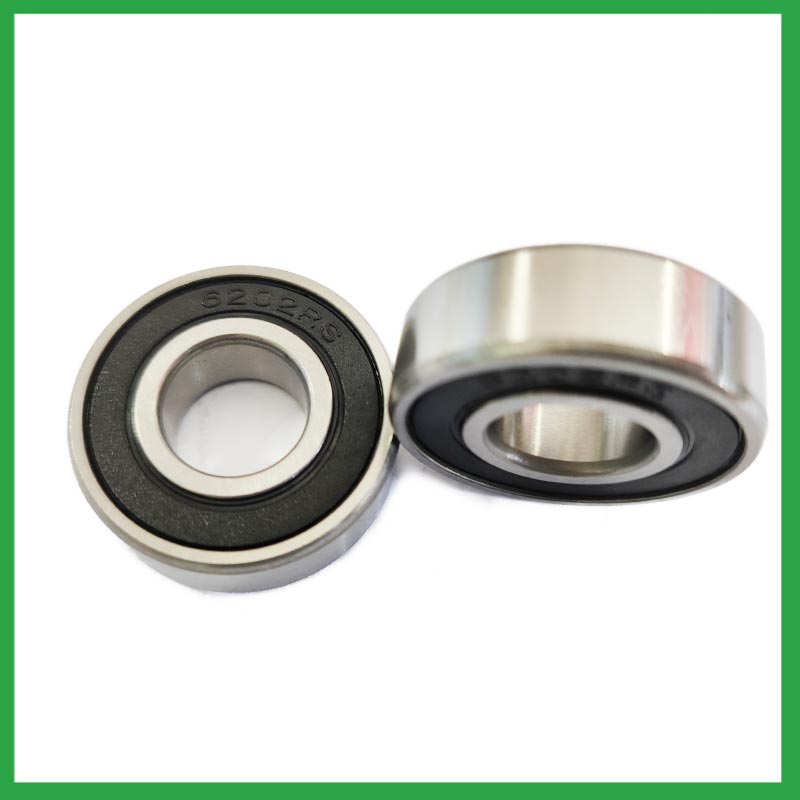
7.What is the significance of ball bearing attic fan lubrication, and how does it affect bearing lifespan and performance?
Bearing lubrication is vital for preserving the performance and lifespan of rolling element bearings. Lubrication helps separate moving parts relative to one another, such as rollers and raceways or balls, to prevent wear and tear and friction.
8.Are there hybrid ball bearing attic fan that combine steel rings with ceramic balls to optimize performance in demanding applications?
Hybrid Ceramic ball bearing attic fan. Ceramic ball bearings (also known as hybrid bearings) are the one component that'll easily optimize the performance of your application. Hybrid bearings have ceramic (silicon nitride, Si3N4) balls and 52100 bearing steel rings.
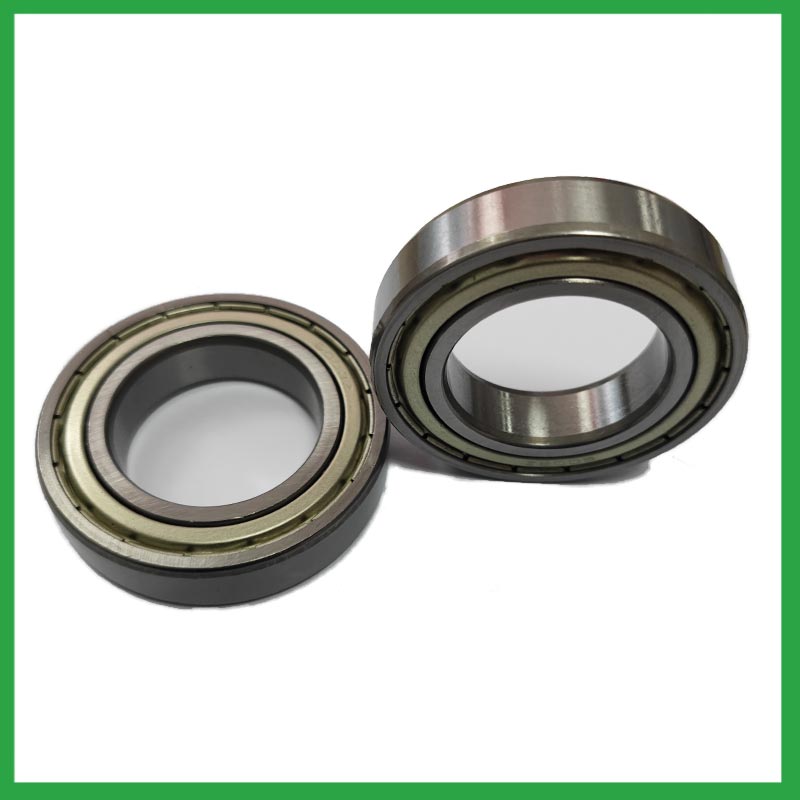
9.Are there miniature ball bearing attic fan designed for use in precision instruments and small-scale mechanisms?
Miniature bearings, despite their small size, play a significant role in various industries and applications. These compact powerhouses, typically measuring less than one inch in outer diameter, offer exceptional precision, durability, and reliability. Miniature bearings find extensive use in precision instruments and robotics.
10.Are there ball bearing attic fan designed for extreme temperature environments, such as cryogenic or furnace applications?
High temperature ball bearing attic fan use specialized lubricants to stand up to high temperatures. Grease-packed bearings are pre-filled with fluorine grease for high temperatures, while YS and SJ bearings use molybdenum disulfide (MoS2) solid lubricant to withstand temperatures up to 350°C and 400°C respectively.
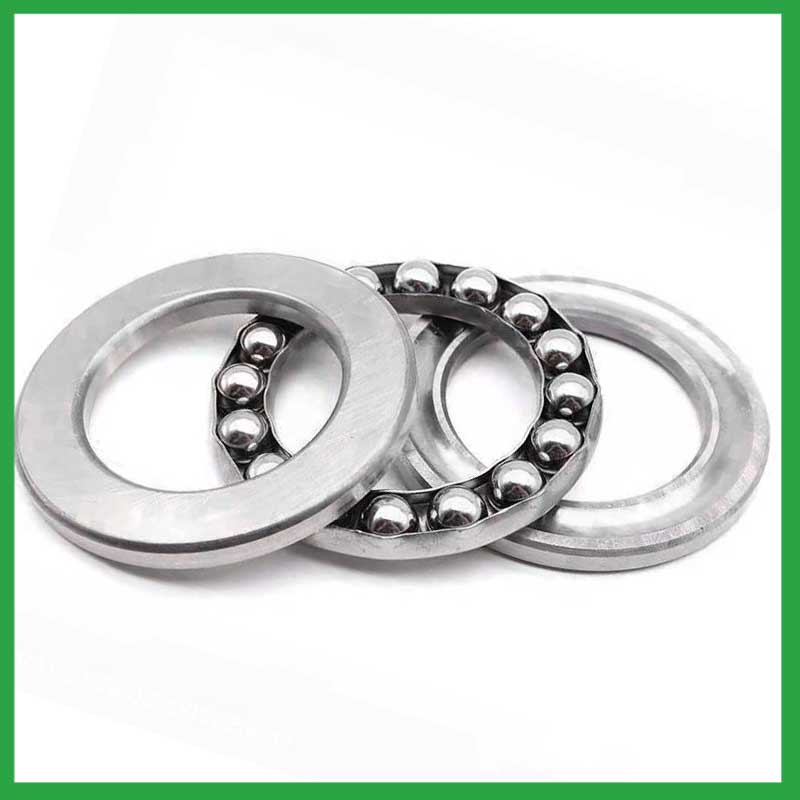
11.How do different ball bearing attic fan designs, such as deep groove, angular contact, or thrust bearings, cater to specific applications?
Deep groove ball bearing attic fan: Deep groove ball bearings are the most common type. They can handle both radial and axial loads. Angular contact ball bearings: Angular contact ball bearings have higher than average internal axial clearance. They can handle axial loads in one direction and moderate radial loads.
12.How do cage designs affect ball bearing attic fan speed and acceleration capabilities in high-speed machinery?
In high-speed ball bearing attic fan, external load has a great effect on cage stability and sliding ratio, especially for the bearings at work in the starting process. The cage stability is worse in the beginning of the bearing starting process. The axial load greatly influences cage dynamic performance in the bearing starting process.
In addition, while ball bearings worked under steady conditions, axial load and radial load both have a great influence on cage dynamic performance. The effects of axial load on cage dynamic performance during the bearing starting process are opposite from the effects under steady conditions.
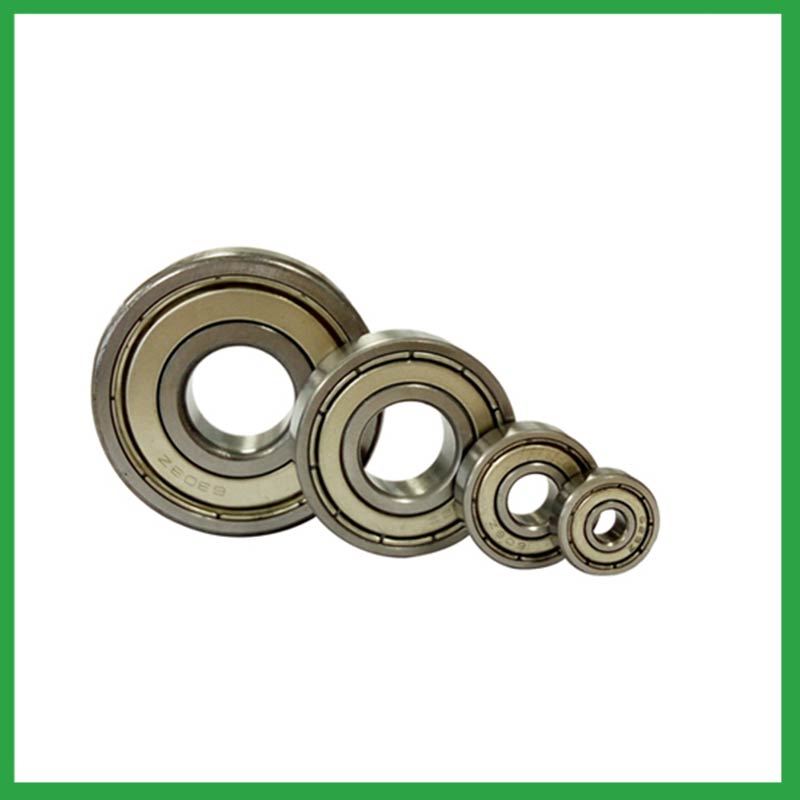
13.What are the common materials used in ball bearing attic fan manufacturing?
Most ball bearing attic fan are made of a type of steel known as high carbon chromium steel, often called chrome steel. This is used for reasons of cost and durability. Bearings are also made from other materials such as stainless steel, ceramics and plastic.
14.What are the after-sales services available for ball bearing attic fan?
If you find problems or failures in the assembly or use of the bearings , which needs to consult and other services, please feedback to Nide International in time.
